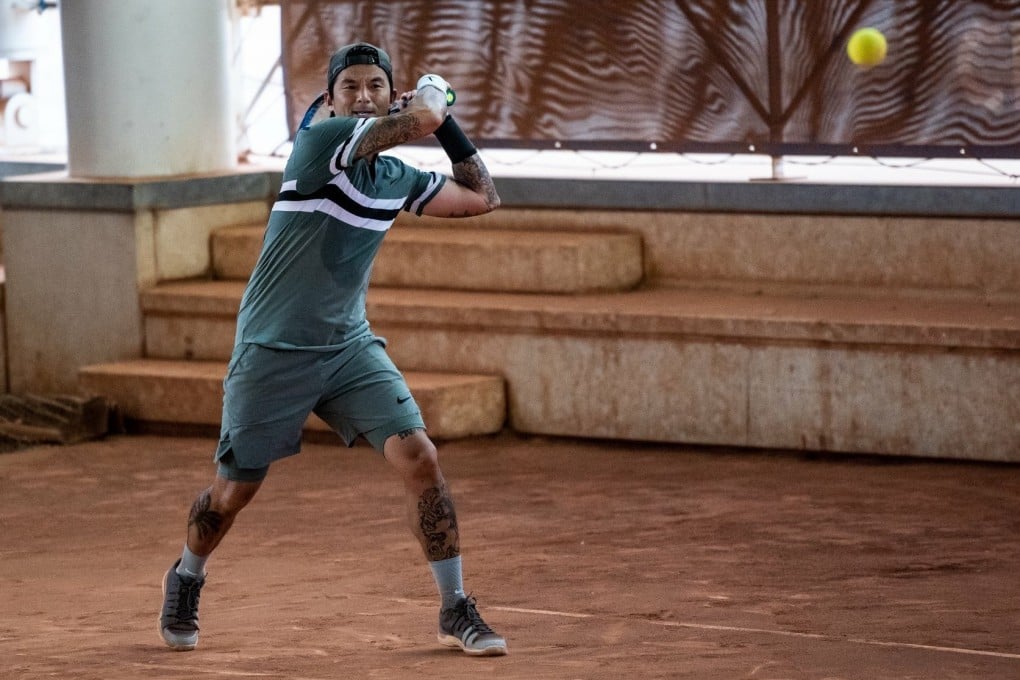Why athletes find themselves needing hip surgery in midlife, and how hip resurfacing gives them a second shot at sporting glory
- People who play sport intensively, especially in their teens when bodies are still growing, subject their hip joints to too much wear and may need surgery
- Hip resurfacing, a procedure Britain’s Andy Murray underwent, improved one keen amateur Hong Kong tennis player’s game and made him a new person

Even the most finely engineered machines experience wear and tear over time. Our bodies are no exception.
One key joint in particular is subject to damage through overuse: the hip. As the cartilage between the ball of the thigh bone, known as the femur, and the pelvis, wears away, osteoarthritis sets in. Bone starts grinding on bone, causing pain which can eventually become unbearable.
This process usually takes place over decades, which is why most hip replacements – a surgery to replace the hip joint or resurface it – are performed on people in their seventies.
Doing sport intensively, though, increases the likelihood of developing the condition much earlier in life. Hong Kong-based orthopaedic surgeon Jason Brockwell calls hip osteoarthritis a “medical problem of affluence”, since sport is largely a privilege of wealthy societies.
Karate, taekwondo, squash, tennis – sports that involve repeated, forceful hip flexion such as lunging or kicking – smash hips
The good news is that advances in hip surgery now allow affected people to return to sport, even at the highest level.
Tennis star Andy Murray is an example: he came back to the professional tour in January, 2019, after hip resurfacing surgery – in which a metal cap is placed on the ball of the joint and a rod is inserted into the femur to keep it in place.
